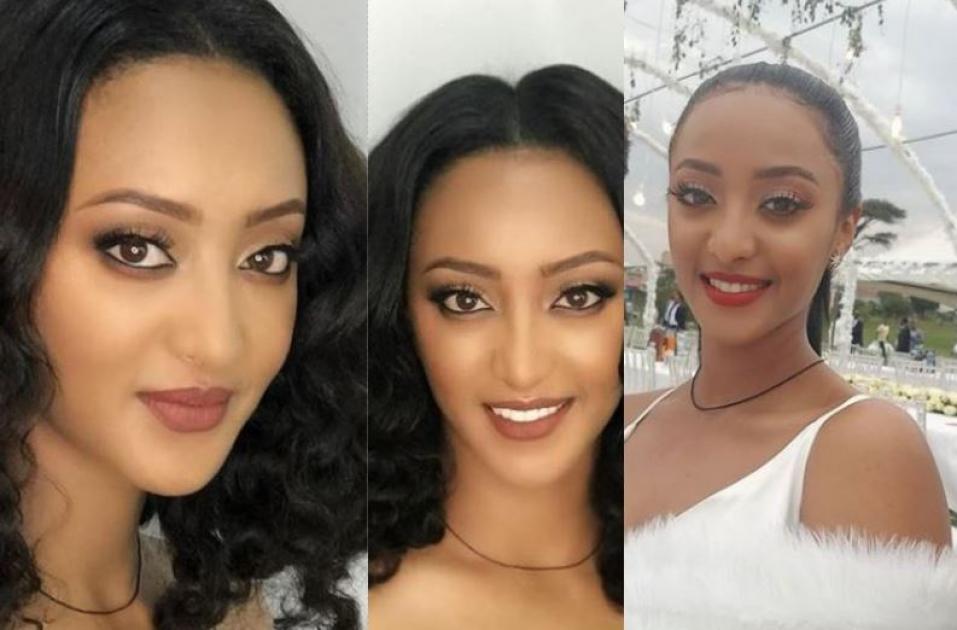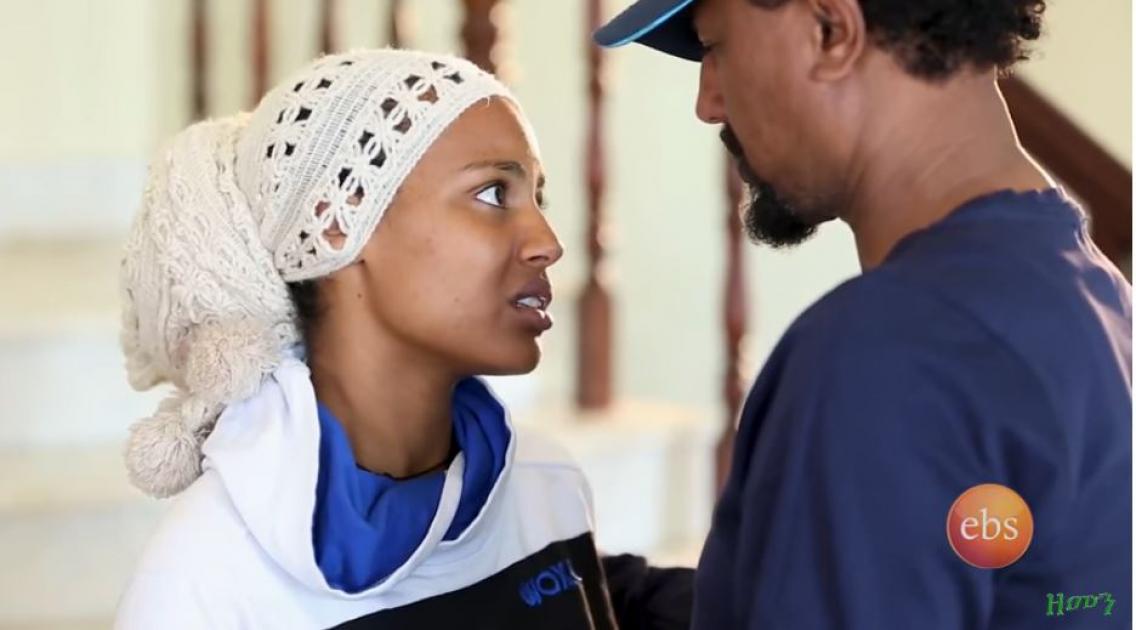Cause symptoms, and treatment of a migraine headache attacks
Description
Typical for migraines are seizures occurring pulsating headache, which usually affect only one side of the head and mainly the area around the forehead, eyes, and temples and aggravate when moving. To the pain must be added symptoms such as nausea, loss of appetite, sensitivity to light or noise.
Part of the pain is preceded by a so-called aura, in which symptoms such as visual disturbances announce a subsequent headache. In order to quickly stop or avoid the attacks, it is important to take the individually appropriate medicine at the right dose at an early stage. Migraine sufferers should, therefore, seek the advice of a doctor. With frequent attacks also a preventive treatment is possible.
What is a migraine?
A migraine refers to certain seizure-related headaches (migraine attacks) that are aggravated by exercise. In addition to a headache, other symptoms such as nausea, loss of appetite, or light and noise hypersensitivity must occur. Partly the headache is preceded by special sensations such as blurred vision, the so-called migraine aura.
A migraine is a common disease: About seven percent of men and 13 percent of women have migraine attacks. The migraine attacks most often occur between the ages of 35 and 45 years. About three times more women than men are affected at this age. Every fifth woman has migraines during her life. Already school children can suffer from a migraine but is typical for a first appearance after puberty. Migraines are more familiar. The background is a genetic predisposition to a migraine, which has now been proven for some forms.
There are many types of a migraine known. Most common are headache attacks without a previous aura. This type of a migraine occurs in about 80 percent of cases. In a migraine with aura, headaches are preceded by certain symptoms. For example, visual disturbances, tingling sensations, speech disturbances, dizziness or rarely even paralysis may occur. Certain types of a migraine also have other symptoms.
Most migraine episodic runs with individual headache attacks and the clear predominance of headache-free days. If the attacks become more frequent and eventually days with headaches are more common than days without, doctors call this chronic migraine.
causes
The exact cause of a migraine is unknown; However, we now know a lot about the biological processes during an attack. Also, many factors are known that can trigger a migraine attack (trigger). Such triggers differ from person to person.
They include especially stress and lack of sleep, which can occur in an irregular lifestyle. Migraine attacks often start when drinking too little (volume shortage). Even omitting a meal or fasting can trigger attacks on some sufferers. Many women have migraine attacks just before and at the beginning of menstruation. Migraine can also be triggered by overstimulation. Other trigger factors are probably certain weather conditions (for example hair dryer). Likewise, medicines containing nitro compounds may cause certain alcoholic beverages, such as red wine, and caffeine withdrawal migraine.
Which processes in the brain cause the typical migraine headache is not explained in detail. There are many indications that some nerve networks are overly excited in the event of a migraine attack. Nerve ends of the trigeminal nerve, which supplies parts of the head and face, are activated, triggering a process called neuro-vascular inflammation. This results in an inflammatory reaction with irritation of the blood vessels in the brain. The blood vessels expand and become more permeable to certain molecules. An important messenger that plays a major role in this is called CGRP (calcitonin gene-related peptides). CGRP contributes to the transmission of pain signals.
symptoms
Migraine attacks can be very different. A migraine attack is usually divided into certain phases. These take different lengths and do not necessarily have to occur.
Harbinger (Prodromal Phase)
For example, a few hours to two days before the migraine headache may signal one of the following symptoms:
Irritability, mood swings
Tiredness, yawning
Cravings for certain foods
difficulty concentrating
indifference
increased sensitivity to light and noise
Migräneauraura
Subsequently, perceptual disturbances can follow (migraine aura). These usually affect seeing (visual aura). For example, migraine aura can cause flickering or seeing zigzag lines, visual field defects (scotoma) or those affected see objects partially distorted, out of focus, enlarged or reduced (metamorphopsia). The second most common aura symptom is sensory disturbance with a tingling sensation that slowly spreads from the hand over the arm to the head. Also, the language ability can be disturbed (aphasia). Very rarely it comes to orientation disorders and paralysis (paresis). The migraine aura is sometimes associated with balance disorders. Symptoms of migraine aura typically start slowly, as well as stroke, and just as slowly resolve.
Headache phase
In almost every, a migraine headache and sometimes nausea with vomiting occur. The person concerned is sensitive to light (photophobia), noise (phonophobia) and odors (osmophobia). The mostly severe headache is half-sided in most cases (hemicrania), but can also affect the entire head. From the point of view of pain, the pains are pulsating or pungent, especially in the area of the forehead, temples, and eyes. When moving, the symptoms increase; Rest and darkness relieve her.
The headache phase of the migraine attack will last for at least four hours if left untreated and may last for up to three days.
Recovery and recovery phase
Even though a headache and other symptoms of a migraine have completely resolved, many patients still complain of tiredness and fatigue for hours to a day or two.
Special features of children and adolescents
Children and adolescents typically have shorter migraine attacks. They usually treat a headache on both sides of the forehead and temples. Also with them, equilibrium disorders are common.


















